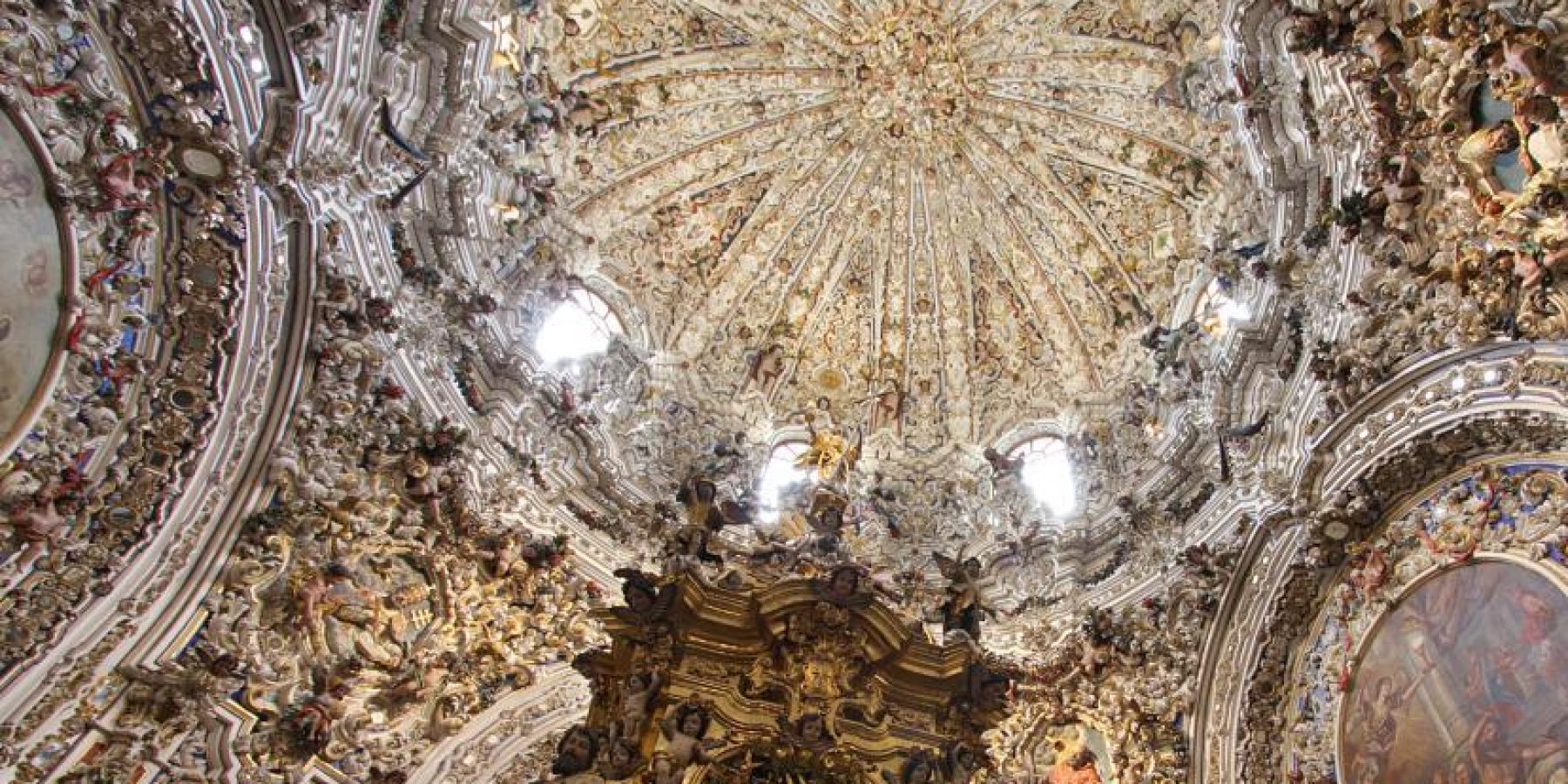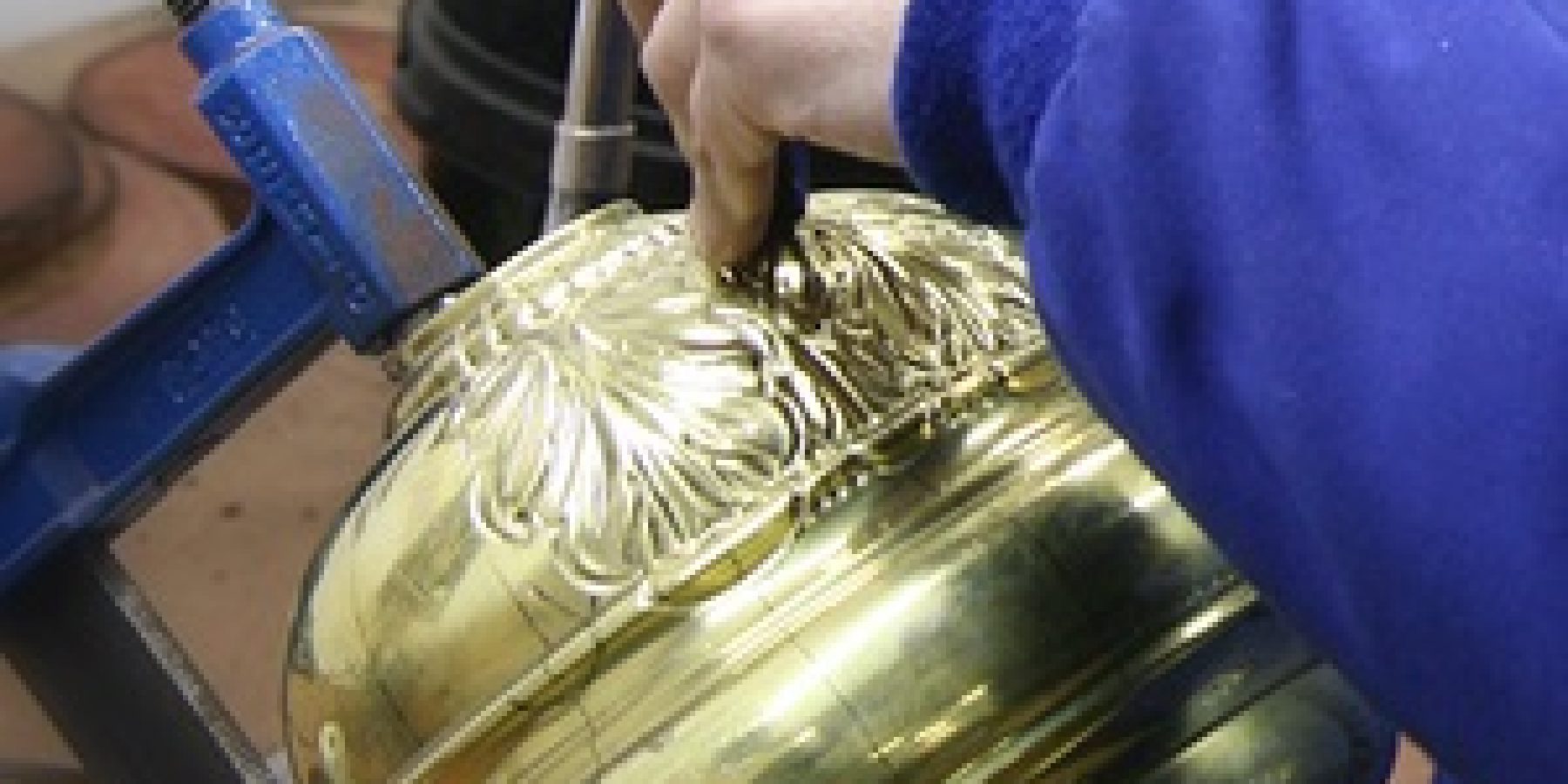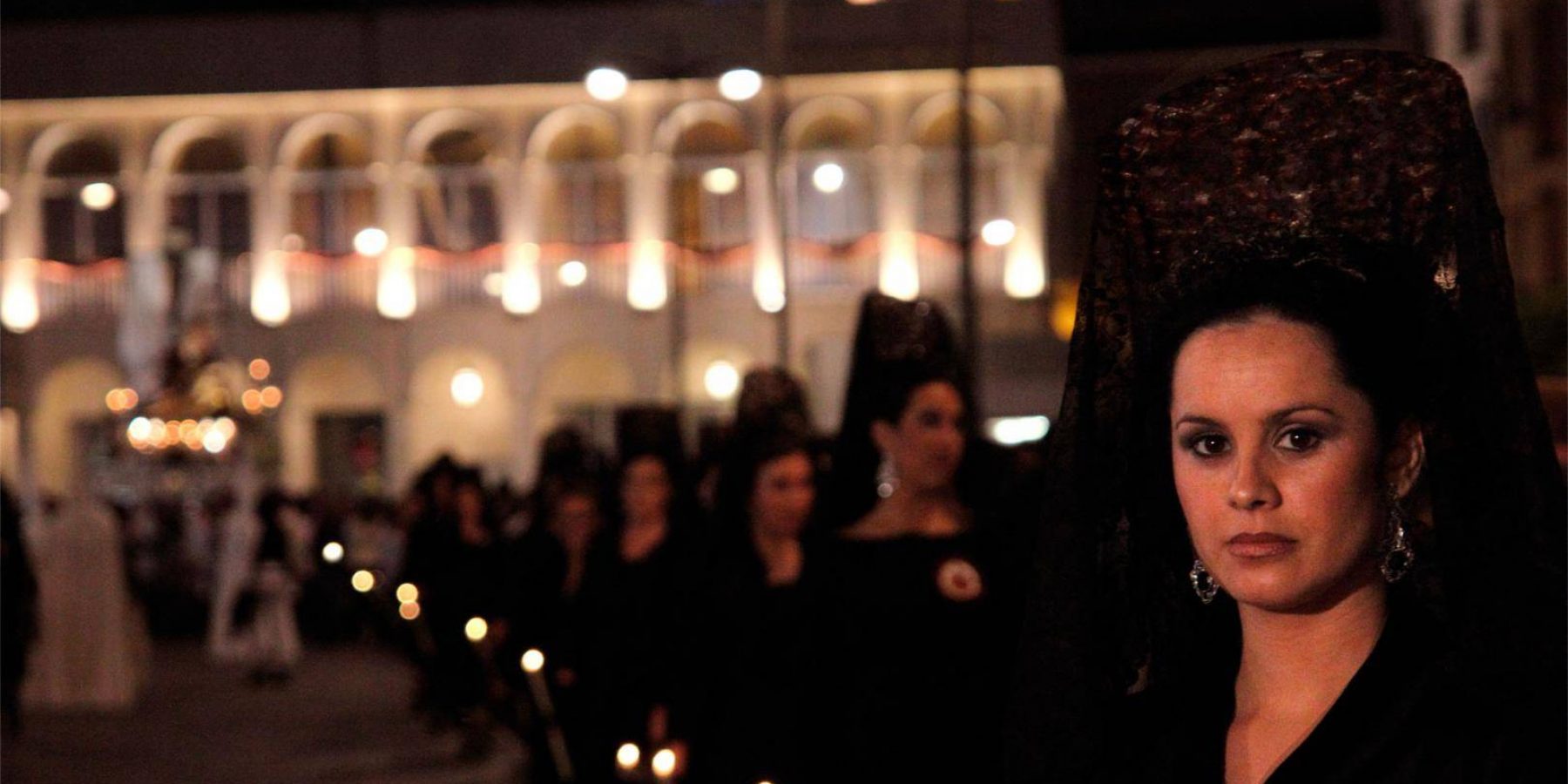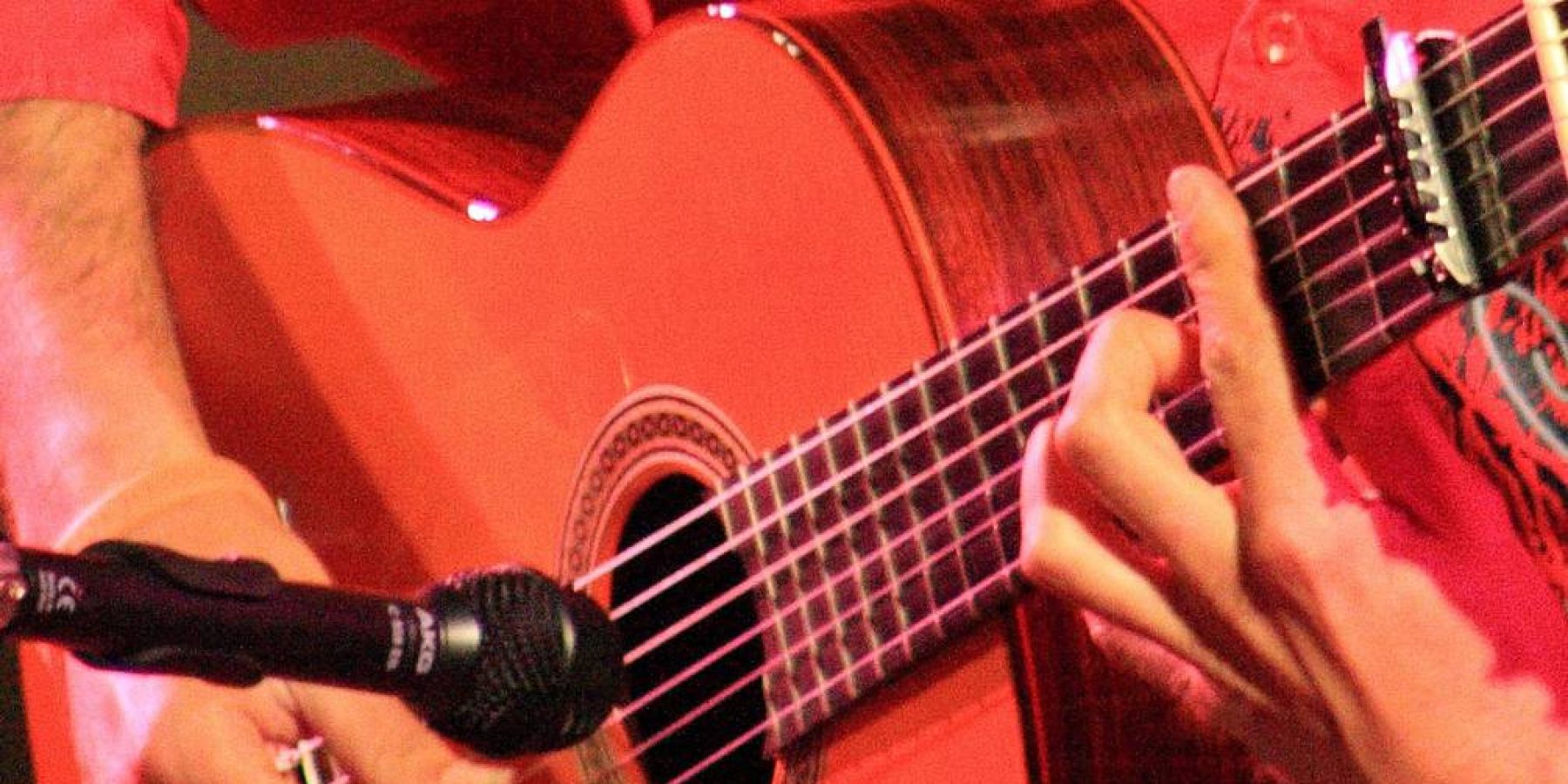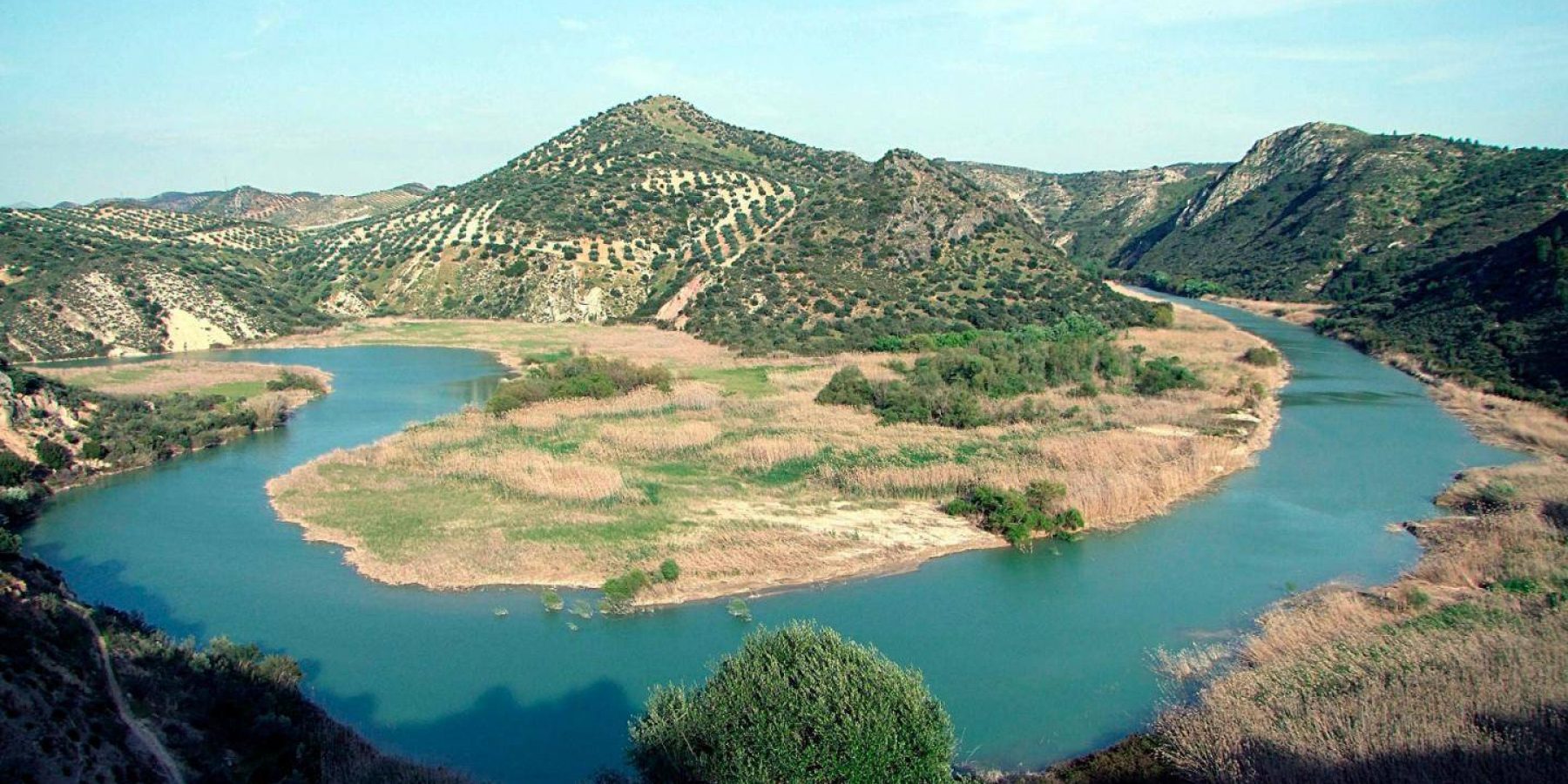Known as The Pearl of Sepharad,Lucena possesses the largest excavated Jewish Necropolis to be found anywhere in the Iberian Peninsula. Its architecture, especially the magni cent Sanctuary in the Church of San Mateo and the Sanctuary of ‘Our Lady of Araceli’, exempli es the Cordoban Baroque style and even today the town still exudes a sense of time-honoured tradition and cultural identity. and cultural identity.
The first references made to the town date back to the 4th century under the Arabic name of Al-Yusana or the Hebrew name Eliossana. Lucena is set apart as being one of the only Hebrew towns in the area; trade combined with viticulture was its main source of wealth.
Its golden age occurred during the 11th and 12th centuries and the town became a shelter for co-religionists from the rest of Spain.
The town currently has 42 500 inhabitants and is known for being one of the most important furniture manufacturers in the south of Spain.






